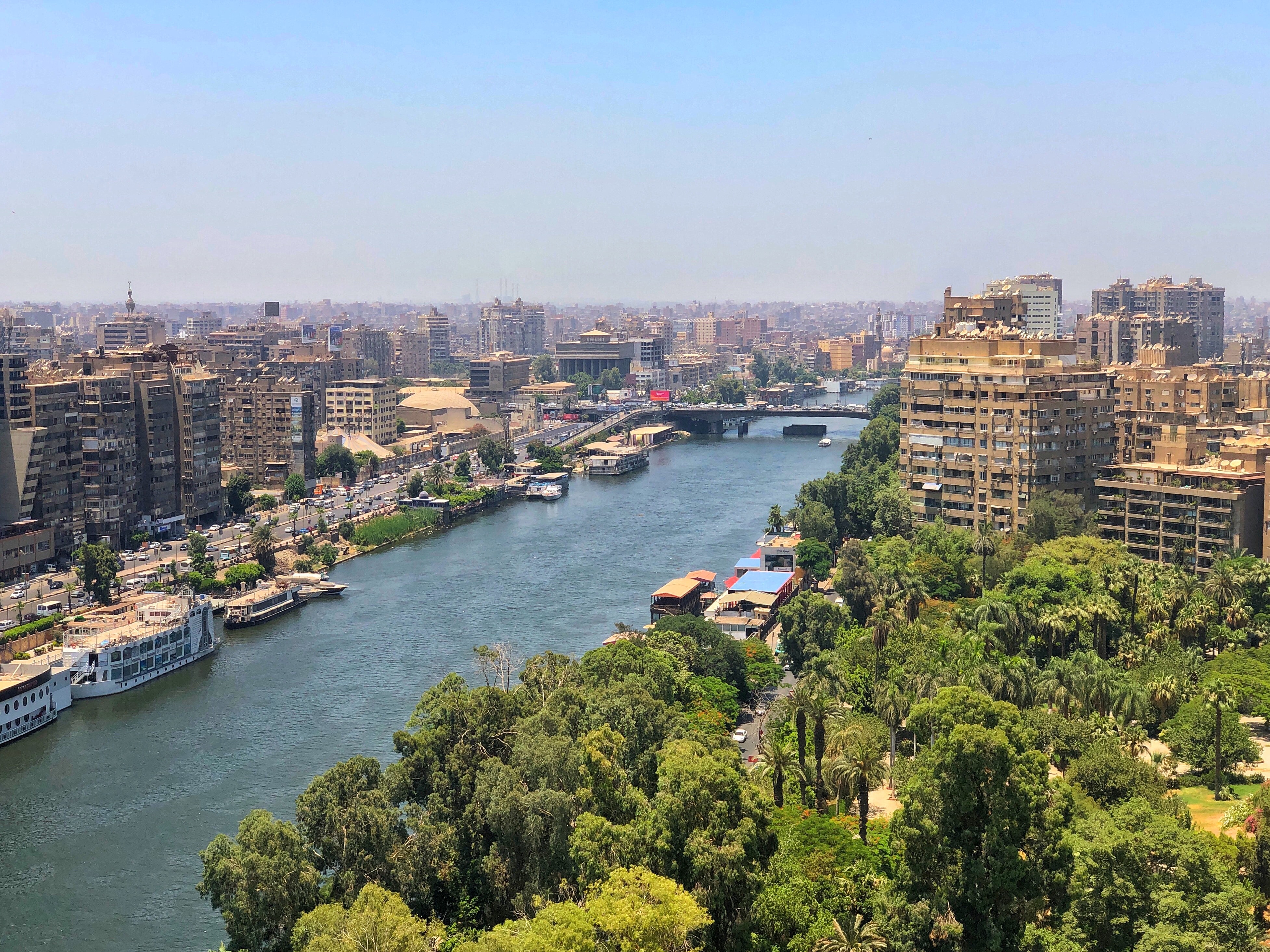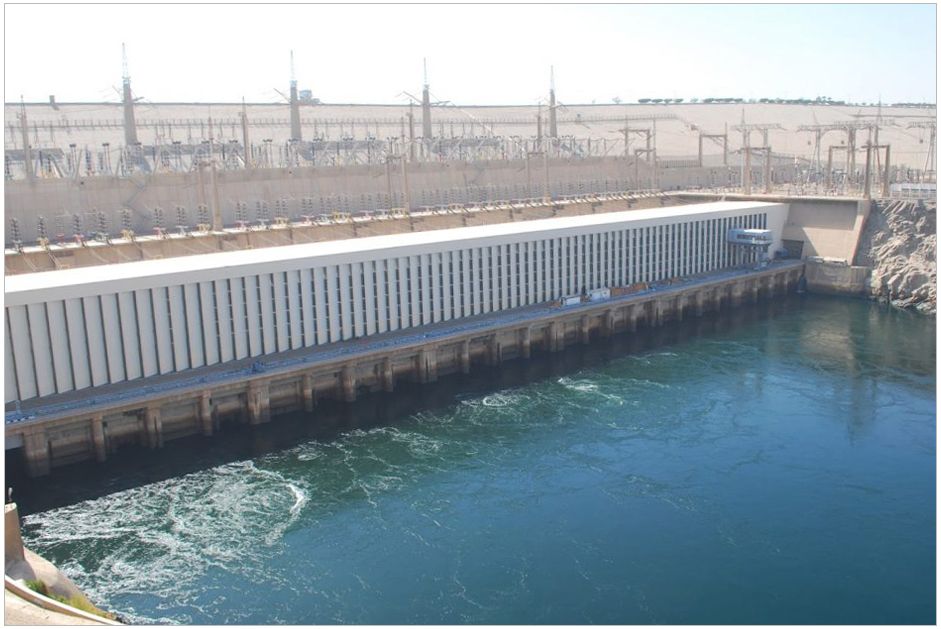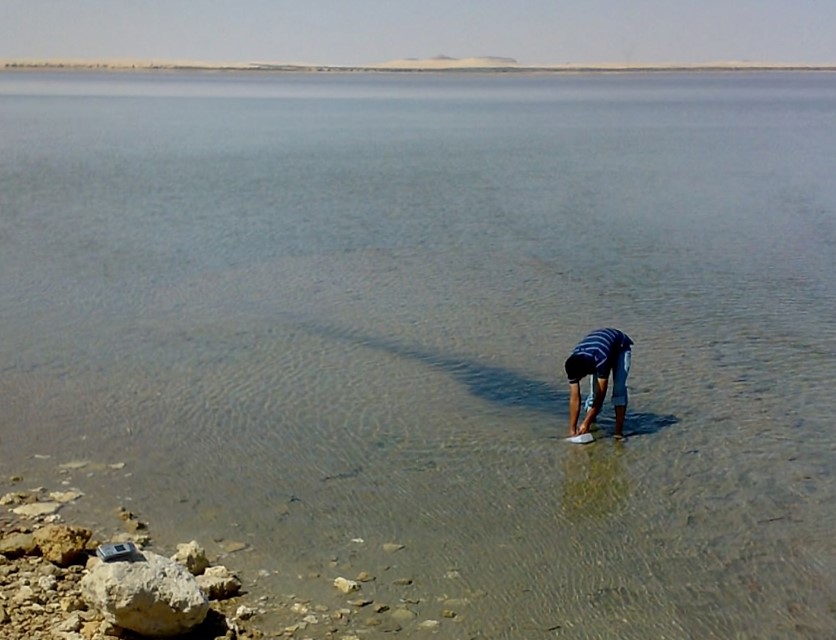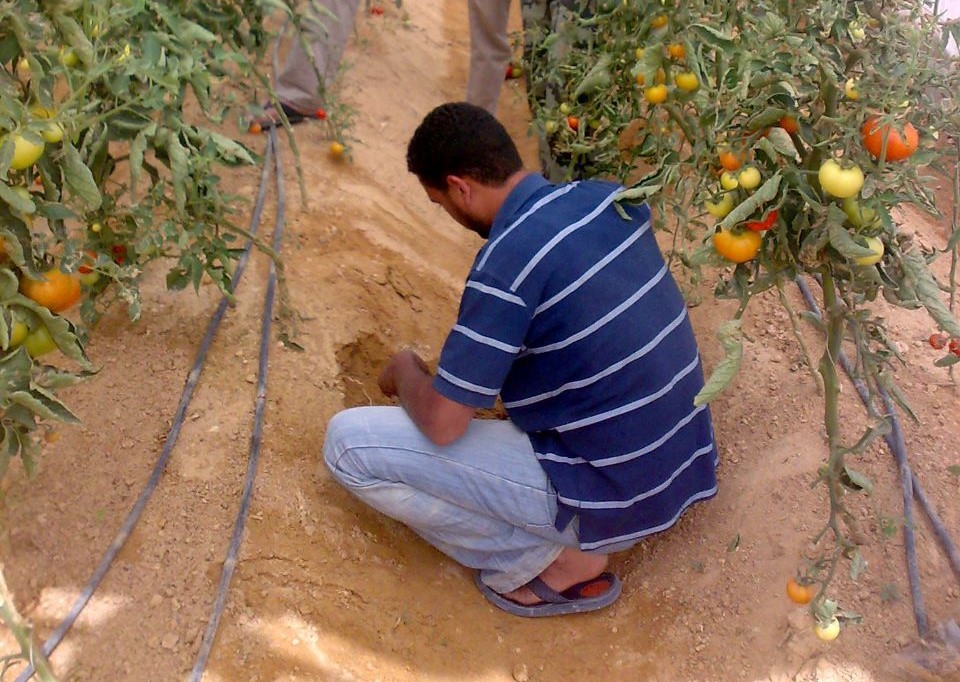JINR scientists guarding ecology of the Nile
Media, 18 January 2023
A group of scientists from the Laboratory of Neutron Physics JINR together with Egyptian colleagues, checked the elemental composition of shallow marine sediments in the Nile valley and soils on the banks of the river. They found out that, in general, the results of the work allow stating that the river is clean. The samples were collected in Egypt, and although researchers have not found critical values, there is a risk that the situation could get worse.
 The Nile River, Cairo. Photo © unsplash.com
The Nile River, Cairo. Photo © unsplash.com
The Nile, the largest source of clean drinking water on the arid African continent, has been naturally attracting people for thousands of years. This means that the problem of overpopulation is acute in the countries on the banks of one of the two largest rivers in the world. The livelihood of people significantly affects the river ecosystem: waste is disposed into the river, factories are being built on its banks, urbanisation is expanding, and farming is practised, including with the use of fertilisers.
For Egypt, the issue of the ecological condition of the Nile is especially relevant. Dams — for example, the GERD dum under construction in Ethiopia and the already operating Aswan dam in southern Egypt — are an additional cause for concern, which prevent the transportation of sediments. In addition, dams prevent the delivery of alluvial soils to the environment. This means that the regions that are located downstream of the dums suffer from a shortage of elements necessary for soil fertility. Crops are getting poorer, and farmers are using more and more chemical fertilisers. This leads to increased salinity of the soil on the banks of the river and a significant increase in the content of toxic elements in the soil and water, which enter the human body, fauna and flora through the food web.
 The Aswan Dam. Photo © almalnews.com
The Aswan Dam. Photo © almalnews.com
The question of the river ecology remained unanswered for a long time, but the cooperation between JINR and Egyptian scientists has grown into a major international project that started in 2011. It was initiated by FLNP Directorate Advisor Marina Frontasyeva from JINR side and Professor Hussein El-Samman of Menoufia University from the Egyptian side. Scientists of FLNP JINR proposed to their Egyptian colleagues to use a unique method of neutron activation analysis to check the chemical composition of samples from the river valley. In total, the research team investigated more than 175 samples. The selection of sediments and soils for the evaluation of the ecological situation and analysis determined the method itself, for which solid samples are needed. An international group determined the origin of chemical elements in the samples and the level of their concentration in order to draw a conclusion about the ecology of the river.
At the initial stage of the research, samples were collected from the south of Egypt to the Aswan Dam, and from Cairo to Alexandria, including the river delta. Subsequently, the study “covered” the entire territory of Egypt — from the south to the north, where the Nile runs into the Mediterranean Sea.
 Wael Badawy in the process of working at FLNP JINR
Wael Badawy in the process of working at FLNP JINR
Since such a study of the ecological state of water resources became pilot for Egypt, physicists carried out a comparison with the data collected during studies of similar samples in other countries. In total, 32 chemical elements were found in Egyptian samples. It turned out that their concentrations are lower compared to other countries, that is, the Nile is cleaner than other reservoirs, the condition of which has already been studied. However, the study participants note that there are also heavily polluted places, for example, at the mouth of the river and in the Helwan city area. In some samples, the analysis showed an increased concentration of titanium, arsenic, sodium, magnesium, uranium, thorium and chlorine. “Their origin in soils and sediments is different,” senior researcher of the FLNP neutron activation analysis group and the head of the Egyptian national group at JINR Wael Badawy said. “Somewhere it was natural, and in some samples the elements originated in a mixed way, that is, with the help of not only nature, but also human activity. In the case of these elements, we can talk about the impact of the mining and transportation of phosphate.” But despite this, the average content of these heavy elements corresponds to or even lower than the global values published in the literature. The researchers paid special attention to the values for potentially polluting elements such as nickel, copper, and zinc. Their content was not exceeded in the samples.
The work of the international group was the start for the collection of reference values of the chemical elements content specifically for the Nile in Egypt. This will help to monitor the environment of the river with greater accuracy in the future. Scientists plan to develop this project and conduct the same analysis of the samples taken from lagoons and lakes in the river delta. As the Nile flows through 12 countries from source to mouth, the researchers will move beyond the territory of Egypt. “We want to invite all the countries of the Nile basin to unite for a mega-project and conduct the same analysis in other territories in the valley of one of the largest waterways in the world in order to build up a comprehensive picture of the ecological situation in the Nile basin,” Wael Badawy shared the group’s future plans. Thus, the next countries for such studies could be Sudan, Ethiopia, and Tanzania.
Although the results of the study did not show critical excess of the content of chemical elements, the probability that the situation may worsen remains and requires constant monitoring. The results of the work have already been published in prestigious peer-reviewed journals and can be used in the future for research in various fields. Scientists hope to initiate educational and conservation eco-programmes and make such studies regular, which will allow tracking the dynamics of the ecological situation in the Nile basin.
The list of publications:
- Badawy WM, Duliu O, El-Taher A, Elsenbawy A, Dmitriev AY, El-Gamal A, Arafa W. Datasets of trace elements in shallow marine sediments along the Egyptian shore of the Mediterranean and Red Seas. Data in Brief. 2022;42:108217. DOI: https://doi.org/10.1016/j.dib.2022.108217.
- Badawy W, Elsenbawy A, Dmitriev A, El Samman H, Shcheglov A, El-Gamal A, Kamel NHM, Mekewi M. Characterization of major and trace elements in coastal sediments along the Egyptian Mediterranean Sea. Marine Pollution Bulletin. 2022;177:113526. DOI: https://doi.org/10.1016/j.marpolbul.2022.113526.
- Badawy WM, Duliu OG, Frontasyeva MV, El-Samman H, Mamikhin SV. Dataset of elemental compositions and pollution indices of soil and sediments: Nile River and delta -Egypt. Data Brief. 2020;28:105009. DOI: 10.1016/j.dib.2019.105009.
- Badawy W, Frontasyeva MV, Ibrahim M. Vertical Distribution of Major and Trace Elements in a Soil Profile from the Nile Delta, Egypt. Ecological Chemistry and Engineering S-Chemia I Inzynieria Ekologiczna S. 2020;27(2):281-294. DOI: 10.2478/eces-2020-0018.
- Arafa WM, Badawy WM, Fahmi NM, Ali K, Gad MS, Duliu OG, Frontasyeva MV, Steinnes E. Geochemistry of sediments and surface soils from the Nile Delta and lower Nile valley studied by epithermal neutron activation analysis. Journal of African Earth Sciences. 2015;107:57-64. DOI: 10.1016/j.jafrearsci.2015.04.004.
- Badawy W, Duliu OG, Frontasyeva MV, El-Samman H. Distribution of Major and Trace Elements in Soil and Sediments Along the Nile River and Delta—(Egypt): A Case Study. In DM Doronzo, E Schingaro, JS Armstrong-Altrin, and B Zoheir, editor. Petrogenesis and Exploration of the Earth’s Interior. Springer International Publishing: Cham; 2019. ISBN: 978-3-030-01574-9, 978-3-030-01575-6. DOI: 10.1007/978-3-030-01575-6_22.
- Badawy WM, Duliu OG, Frontasyeva MV, El Samman H, Faanhof A. Environmental radioactivity of soils and sediments: Egyptian sector of the Nile valley. Isotopes Environ Health Stud. 2018;54(5):535-547. DOI: 10.1080/10256016.2018.1482292.
- Badawy WM, Ghanim EH, Duliu OG, El Samman H, Frontasyeva MV. Major and trace element distribution in soil and sediments from the Egyptian central Nile Valley. Journal of African Earth Sciences. 2017;131:53-61. DOI: 10.1016/j.jafrearsci.2017.03.029.

